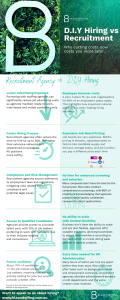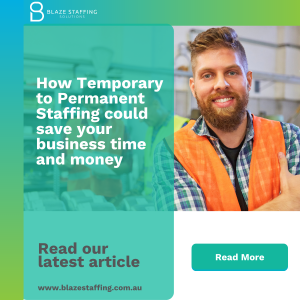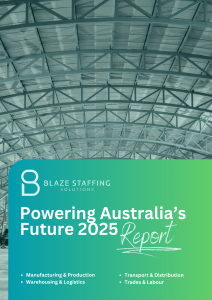Australia’s manufacturing and engineering skills shortage is no secret, yet, the need for dedicated labour is far from decreasing.
In fact, the Australian Bureau of Statistics reported an increase in manufacturing positions by almost 50,000 in the year leading up to May 2018. That’s a substantial number given these sectors continue to struggle to find, recruit and retain good people.
With that in mind, there are actions organisations and hiring managers can undertake to combat the skills shortage and cultivate strategic recruitment practices.
Recognise and Leverage Transferrable Skills
Combine a good level of enthusiasm with a genuine willingness to contribute, and candidates from other sectors often possess transferable skills that can easily be integrated into an unknown industry. In other words, it pays to keep an open mind as well as look out for the kinds of attributes that trump skillsets.
With that in mind, recognise that not everyone has the desire to progress further than the role they have been assigned to, and that’s ok – good people at all levels of the food chain should be respected and valued regardless of their job responsibilities.
Remunerate Competitively
While some organisations are reluctant to pay competitive wages, such a gesture is marginal compared with the astronomical costs associated with a fragmented and frequent turnover. Summed up, if companies remunerate, not only fairly but also competitively, the likelihood of attracting and retaining good quality candidates in an ever-competitive market will inevitably be higher.
Don’t Judge A Book By Its Cover
This age-old parable applies quite literally when it comes to recruiting for the manufacturing and engineering sectors. Some of the best candidates may not be entirely computer savvy, and while you may come across CVs that could do with a makeover, often they are contrary to the actual individual in person.
Screen, Screen, Screen!
The above point is precisely why it pays to telephone screen. You can gauge a lot in a five or ten-minute phone conversation that you wouldn’t necessarily observe from a CV only. Telephone screening prior to dismissing an application or inviting someone in for an interview is an efficient way to discuss prospective job roles, the candidate’s aspirations and availability, as well as get a good feel for a person’s cultural fit from an attitude and attributes point of view.
‘Partner’ With A Holistic Recruitment Provider
They key word here is ‘partner’. A good recruiter values detail, transparency, strong relationships, and has a partnership-mentality rather than a transactional value proposition.
Your recruitment provider should be an extension of your business, they should align with your strategy, as well as understand the nuances of your organisation’s working environment in order to source candidates with the right attributes.
Have you got questions about this article or about staffing needs? Phone us at Blaze Staffing Solutions on 1300 008 005 to speak with one of our recruitment specialists or email us at info@blazestaffing.com.au









